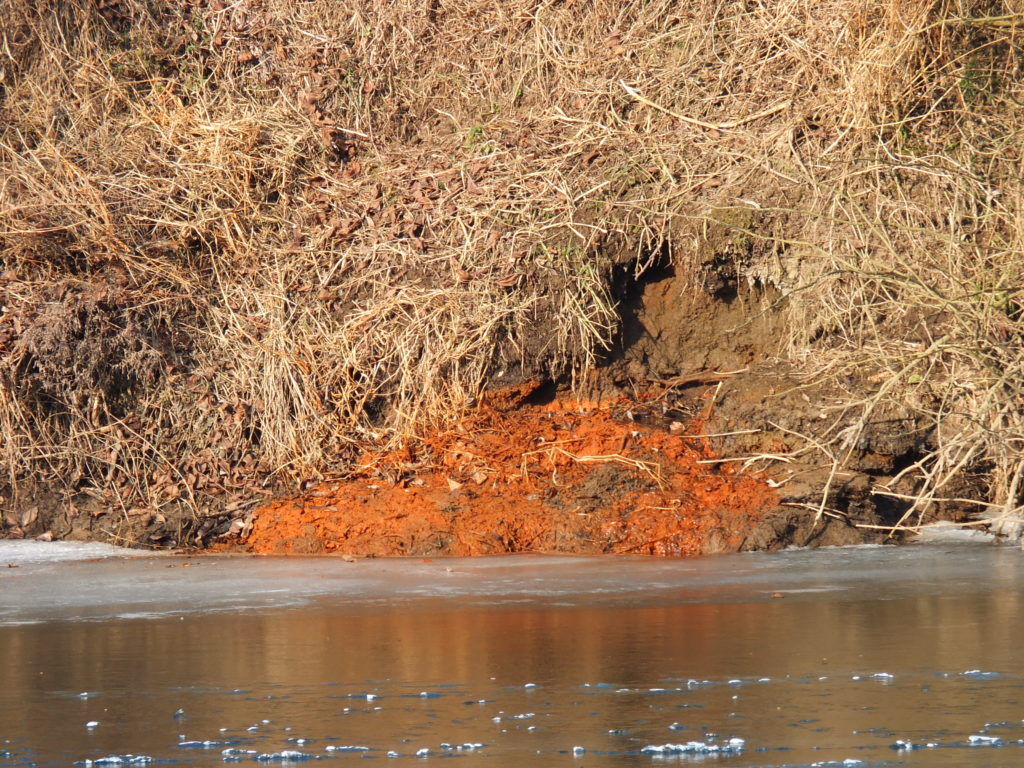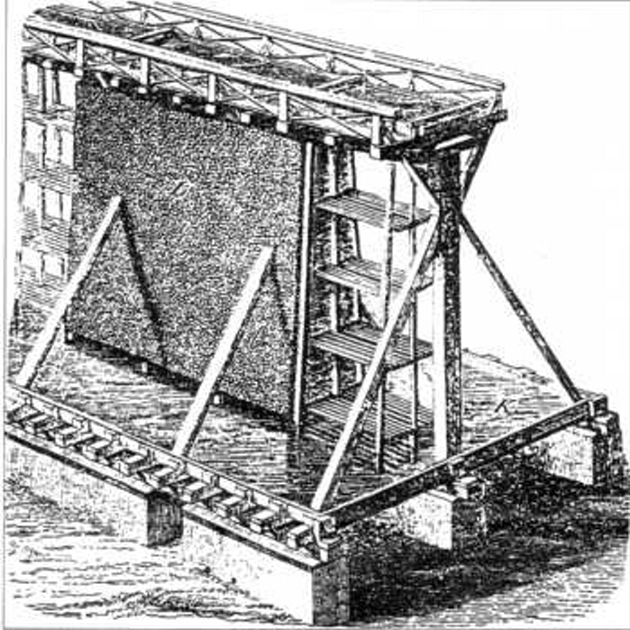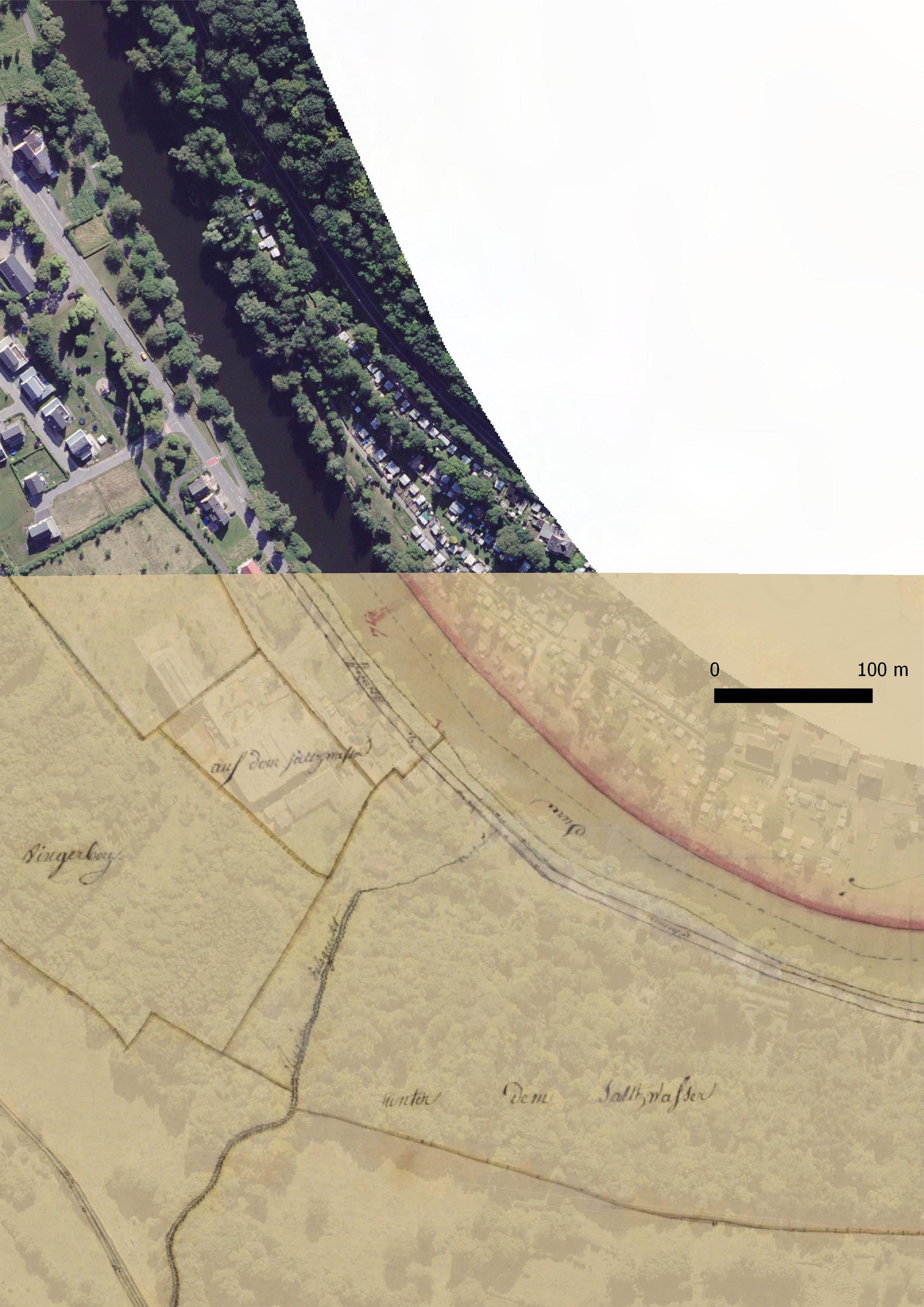Salt was extracted near Born between the 16th and 18th centuries by means of a brine concentrating system. This is proven by a concession certificate dating from 1585.
Salt mining was possible here because salt rich springs waters occur at various places on the river Sauer. One of the springs supplied a sufficiently large amount of water with a high enough salt content. Today, their exact location is unknown.
The groundwater leaves red-brown deposits where it reaches the surface. This is a sign that iron concentrations are also substantial in the water, in addition of the salt. The water derives from red sandstone layers that were formed at the time of the Lower Triassic period (“Buntsandstein”). Upstream, these layers are observable above the level of the river Sauer. Downstream, they are covered by younger rock units.

However, place names “Auf dem Salzwasser” (“ontop of the saltwater”) and “Unter dem Salzwasser (“below the saltwater”), which were already shown on the cadastral map of 1824, have been retained to this day.
The legends and folklore of the Luxembourg countryside contain references to the salt-water springs: local tales include a little salt man, who lived nearby and got up to all kinds of pranks.

